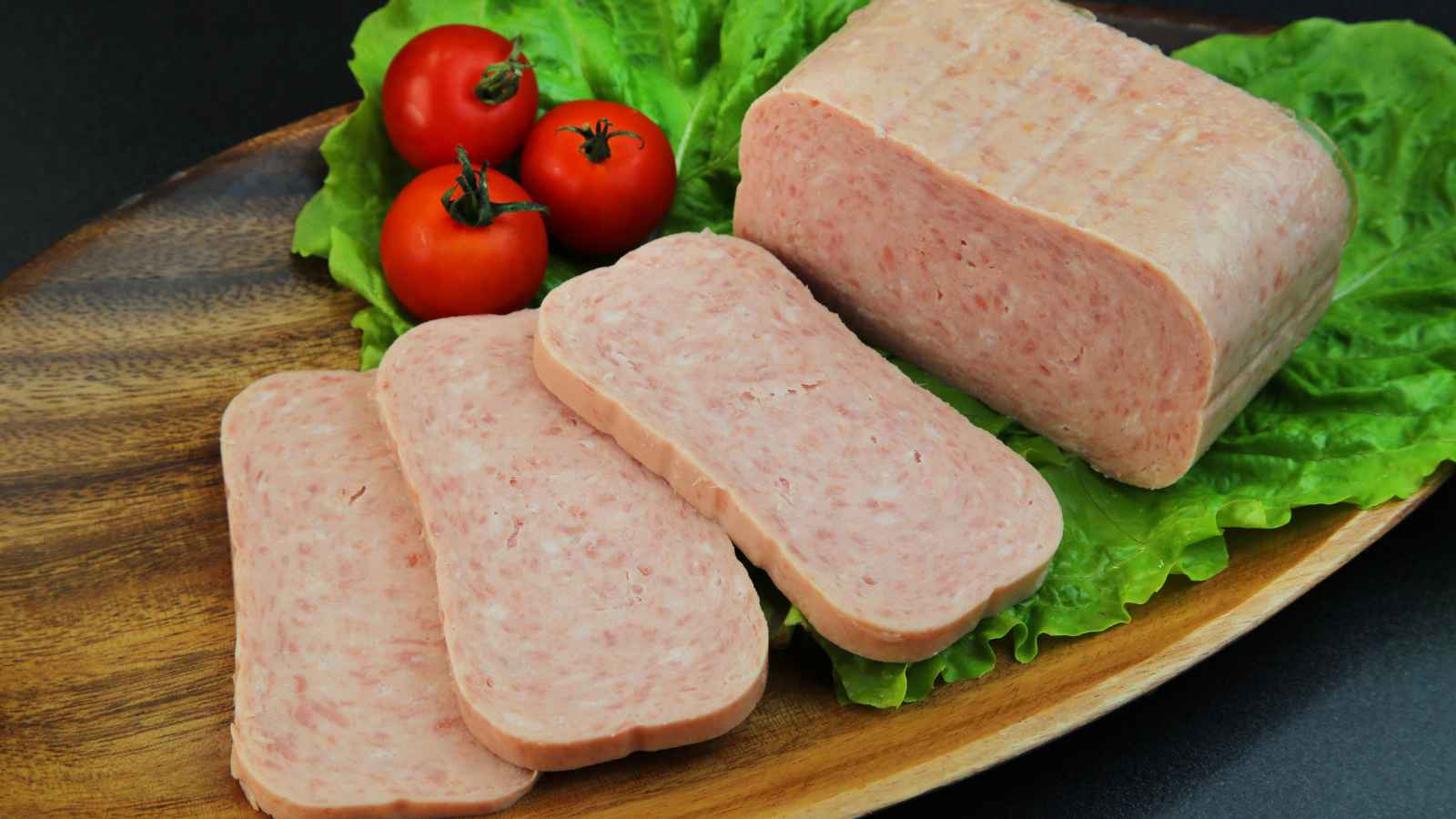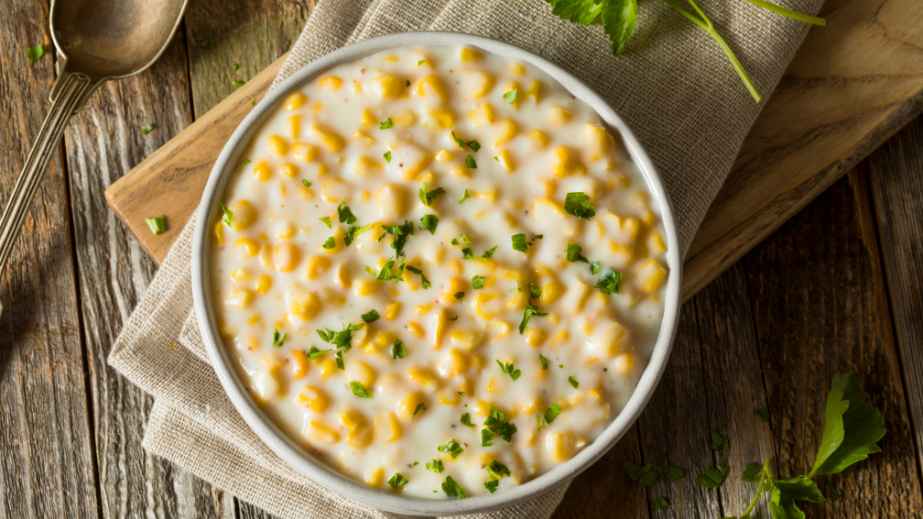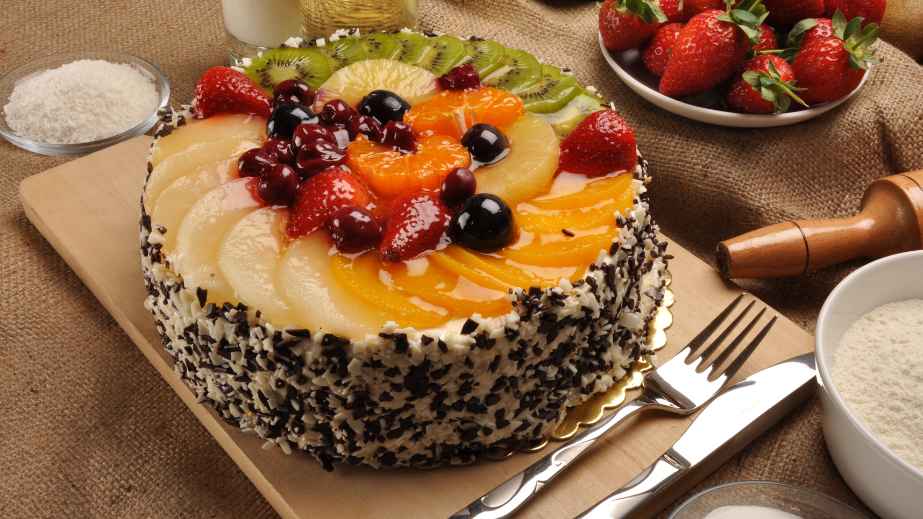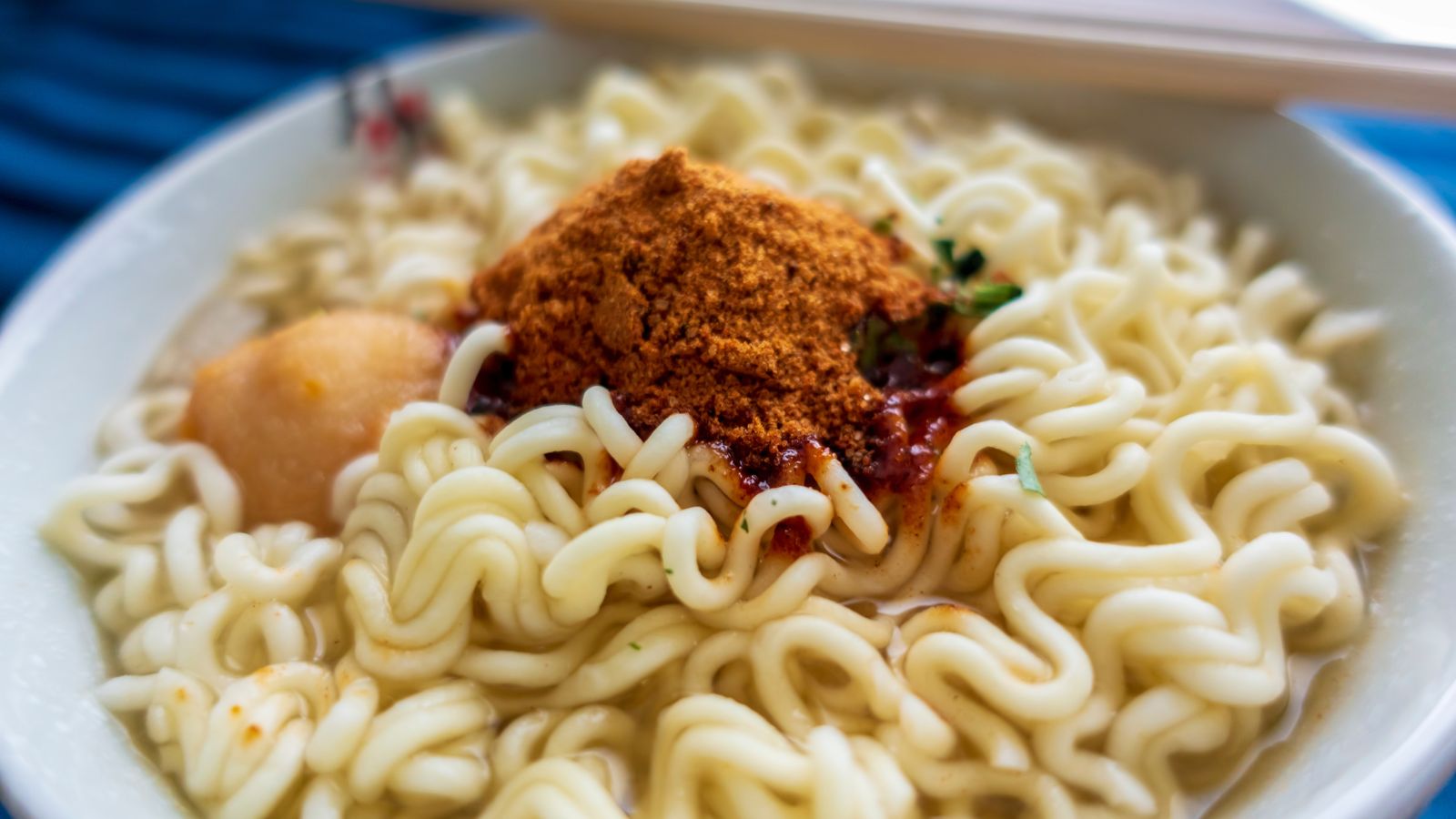Now, you might be thinking, “Tasty? During the Great Depression?” Despite the harsh economic times, folks managed to whip up some pretty inventive dishes to keep their families fed. These 15 dishes, often crafted from inexpensive and readily available ingredients, will whet your appetite!
Kraft Macaroni and Cheese

For just 19 cents, you could get four servings of creamy, cheesy deliciousness. Moreover, the packaging included shelf-stable dried macaroni and powdered cheese, making it incredibly long-lasting. Plus, it was, and still is, a big hit with the kids!
Potato Soup

Potatoes were a cheap, filling, and readily available ingredient. Many families would whip up a big pot of this simple yet satisfying soup, often using just potatoes, a bit of onion for flavor, perhaps a splash of milk if they had it, and good ol’ salt and pepper. It nourished the body, warmed the soul, and brought comfort during challenging times.
Navy Bean Soup

Picture this: a bubbling soup pot, chock-full of protein-rich navy beans, simmering on the stovetop. Add in whatever veggies were on hand, like onions, carrots, or celery, and if you were lucky, a ham bone for extra flavor. Plus, it’s a dish that just gets tastier the next day.
Peanut Butter Bread

With only a handful of ingredients – flour, baking powder, salt, milk, sugar, and, of course, good ol’ peanut butter – families could whip up this nutritious bread in a jiffy. Peanut butter was relatively affordable and protein-packed, making it a common pantry staple.
Dandelion Salad

They were free, abundant, and packed with essential vitamins. Mothers would send their kids out to gather dandelion leaves, and voila! A fresh, crunchy salad was on the table. Tossed with a simple vinegar, oil, salt, and pepper dressing, this hard-times salad was a beacon of hope and a symbol of resilience.
Spam

This canned cooked meat was a big hit because it was cheap, long-lasting, and versatile. You could slice it, dice it, fry it, or bake it. Spam could be used in sandwiches, thrown into soups, or served alongside eggs for breakfast. Plus, it was packed with much-needed protein.
Wacky Cake

Born out of necessity, its recipe didn’t include eggs, milk, or butter – often scarce ingredients. Instead, the recipe called for basic pantry staples like flour, sugar, cocoa, baking soda, and vinegar, making it a cinch to whip up.
Potato Pancakes

As economical as they were delicious, these crispy delights made from grated, drained, and fried potatoes became a staple at many a dinner table. Add a pinch of salt, a dash of onion, and a spoonful of flour, and you’ve got a satisfying meal that stretches your pennies without sacrificing flavor.
Creamed Chipped Beef

This dish was made from dried, salted beef, usually served in a white sauce made from flour, butter, and milk – often served over toast or mashed potatoes. It was cheap, filling, and had a longer shelf-life… perfect during those hard times. It’s still eaten today, often called “S.O.S” (Same Old Stuff) in the military.
Prune Pudding

This pudding was a simple concoction of prunes, sugar, and little else. It was a sweet luxury in rough times. The prunes provided much-needed fiber and nutrients. Plus, prunes have a naturally sweet flavor, making this dessert a delightful, healthier alternative to other sugary treats.
Ritz Cracker Crust

When pie crusts became a luxury, enterprising home cooks swapped them out for a more affordable option – the Ritz cracker crust. They took humble Ritz crackers, crushed them up, and voila! We had a makeshift pie crust. It was economical, easy to make, and added a delightful, unexpected crunch to pies. Plus, it could be used with both sweet and savory fillings.
Rice Pudding

The main ingredient, rice, was inexpensive and widely available. Mixed with a bit of sugar and milk (if it could be afforded), the rice was transformed into a yummy, creamy pudding. Sometimes, if they were lucky, folks might even add a dash of cinnamon or a vanilla bean for an extra treat.
Ox-Tail Soup

When wallets were thin, every part of the animal was used, including the tail. The tail was boiled for hours till it became a rich, flavorful broth. Veggies from the garden, like carrots, potatoes, and onions, were thrown in, making a pot of belly-warming goodness.
Baked Beans

Easy on the pocket and packed with protein, these tasty little legumes were a go-to on many a dinner table. They were served on the side, stirred into a casserole, or eaten straight from the pot. Let’s not forget, they could be jazzed up with whatever was on hand – an onion, a bit of bacon, a squirt of mustard, or some brown sugar.
Quick Bread

When the good ol’ yeast was often hard to come by, families got creative. They turned to quick breads, which used baking powder or soda instead of yeast for leavening. This pushed biscuits, cornbread, and other quick breads into the spotlight! The recipes were simple, the ingredients were minimal, and the results were delicious!
15 Foods From the ’60s Most Boomers Loved With a Passion

The 1960s were a time of significant social and cultural change in America. As the baby boomer generation came of age, they embraced new ideas, fashion trends, and music styles. And when it came to food, some beloved dishes defined this era.
15 Foods From the ’60s Most Boomers Loved With a Passion
16 Foods Boomers Love That Millennials Won’t Touch

Welcome to the culinary divide between Boomers and Millennials — a tasty battlefield where Jello molds battle avocado toast and tuna casseroles square off against sushi burritos. Buckle up; this might be the most intriguing ‘food fight’ you’ve ever witnessed!
16 Foods Boomers Love That Millennials Won’t Touch
12 Poverty Meals You Still Eat Despite Your Social Class

Ah, the taste of nostalgia! They’ve seen us through college, the first job, and maybe even a mid-life crisis.
12 Poverty Meals You Still Eat Despite Your Social Class
16 Foods That Will Give You Serious Childhood Nostalgia

Embark on a delicious journey down memory lane with our list of 16 foods to stir your childhood nostalgia. These timeless treats, once the highlight of school lunches and weekend snacks, might not be gourmet, but they are filled with an irresistible magic that transports you back to simpler times.
16 Foods That Will Give You Serious Childhood Nostalgia
10 Reasons Why Millennials Think That Baby Boomers Destroyed the U.S Economy

Alright, folks, grab your avocado toast, brew that fair-trade coffee, and get comfy. We’re about to dive into the hotly debated, meme-inspiring, dinner-table-argument-starting world of generational economics. In this corner, we have the Baby Boomers, known for their post-war prosperity, and in the other, the Millennials, a generation confronted with economic hurdles and an uncanny obsession with houseplants.
10 Reasons Why Millennials Think That Baby Boomers Destroyed the U.S Economy
